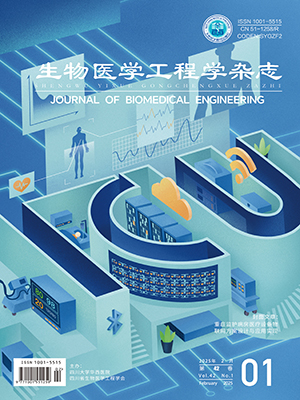The maximum length sequence (m-sequence) has been successfully used to study the linear/nonlinear components of auditory evoked potential (AEP) with rapid stimulation. However, more study is needed to evaluate the effect of the m-sequence order in terms of the noise attenuation performance. This study aimed to address this issue using response-free electroencephalogram (EEG) and EEGs with nonlinear AEPs. We examined the noise attenuation ratios to evaluate the noise variation for the calculations of superimposed averaging and cross-correlation, respectively, which constitutes the main process in the deconvolution method using the dataset of spontaneous EEGs to simulate the cases of different orders (order 5 to 12) of m-sequences. And an experiment using m-sequences of order 7 and 9 was performed in true cases with substantial linear and nonlinear AEPs. The results demonstrate that the noise attenuation ratio is well agreed with the theoretical value derived from the properties of m-sequences on the random noise condition. The comparison of waveforms for AEP components from two m-sequences showed high similarity suggesting the insensitivity of AEP to the m-sequence order. This study provides a more comprehensive solution to the selection of m-sequences which will facilitate the feasible application on the nonlinear AEP with m-sequence method.
Citation: CHEN Yun’er, ZHAN Chang’an, PENG Xian, FU Qiuyang, WANG Tao. Noise attenuation analysis on auditory evoked potential based on maximum length sequence. Journal of Biomedical Engineering, 2018, 35(2): 266-272. doi: 10.7507/1001-5515.201703065 Copy
Copyright © the editorial department of Journal of Biomedical Engineering of West China Medical Publisher. All rights reserved




